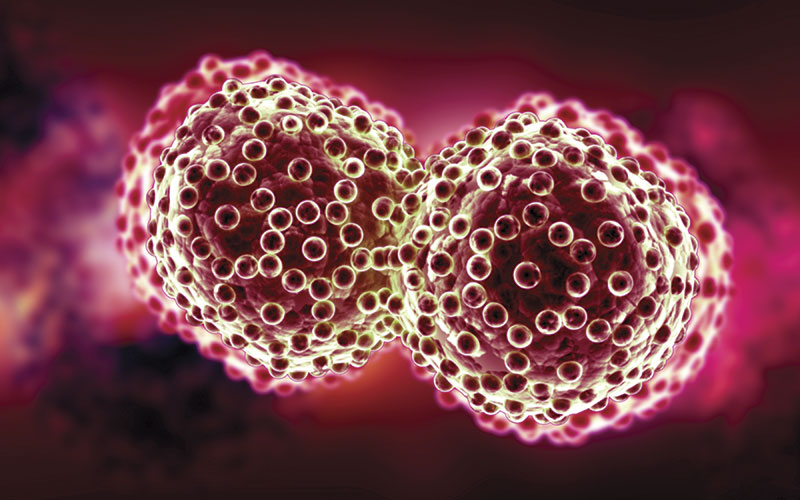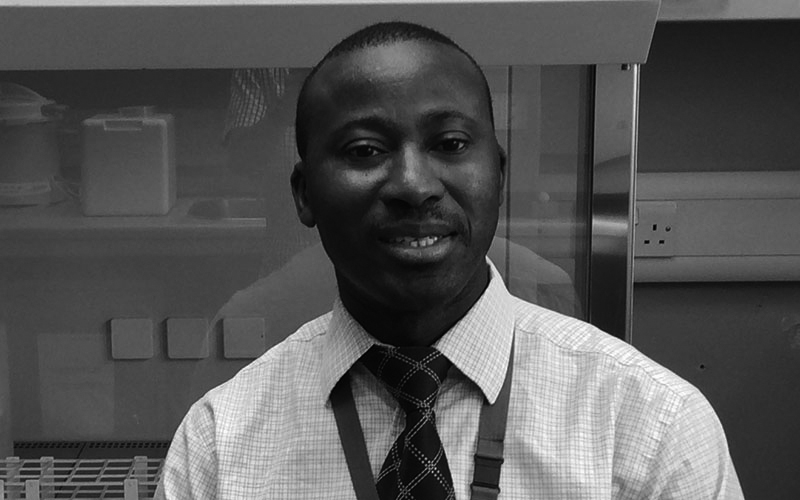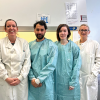The IBMS has awarded five research grants this year. Here, the third successful candidate outlines the work he is undertaking.


Rotimi Ajayi
Specialist biomedical scientist in cellular pathology, Royal Papworth Hospital NHS Foundation Trust
Histopathological assessment of alternative fixation protocols for simulated tumour fine-needle aspirates in resected lung cancer
Lung cancer is a major cause of death worldwide and a leading cause of cancer mortality in the UK, accounting for one in five of all cancer deaths. Long-term survival is poor, as most patients present with advanced disease, and less than 25% of individuals are deemed suitable for surgical resection. Evolving knowledge of lung cancer requires an improved protocol for the downstream molecular analysis, as it determines the choice of therapy, accurate restaging following neo-adjuvant therapy and prognosis.
Endobronchial ultrasound-guided transbronchial needle aspiration (EBUS-TBNA) is a minimally invasive but highly effective procedure to investigate radiologically suspicious lymph nodes in the chest. Since its introduction, EBUS-TBNA has emerged as the gold-standard approach to diagnose and stage lung cancer, and is also a useful diagnostic approach for a number of other respiratory conditions.
Given the wide clinical use of EBUS-TBNA to investigate lung cancer, laboratory technical staff and pathologists have to perform an increasing number of complex tests on small and sometimes poorly cellular samples. Critically, as most patients present with inoperable lung cancer, EBUS-TBNA is often the only tumour material available from patients with advanced disease. In these patients, much hope is being placed upon the identification of driver mutations in genes, such as EGFR and ALK, to improve survival with targeted therapies in patients with inoperable disease. Essential for these processes is the extraction of high-quality and high-yield DNA and RNA.
At present, pathology laboratories rely on the widespread use of formalin for fixation of tissues. While cost-effective and acceptable for most existing laboratory tests, formalin is highly detrimental for DNA and RNA preservation. Current methods for sample fixation are rapidly becoming the rate-limiting step in the development and uptake of techniques for tumour molecular analysis. Formaldehyde-based fixatives preserve morphology but chemically modify bio-molecules, and over- or under-fixation can affect downstream applications.
The aims of this research grant-funded study are to explore and quantify the benefits of formalin-free PAXgene processing and develop protocols for handling lung cancer specimen.
Image credit | Shutterstock




